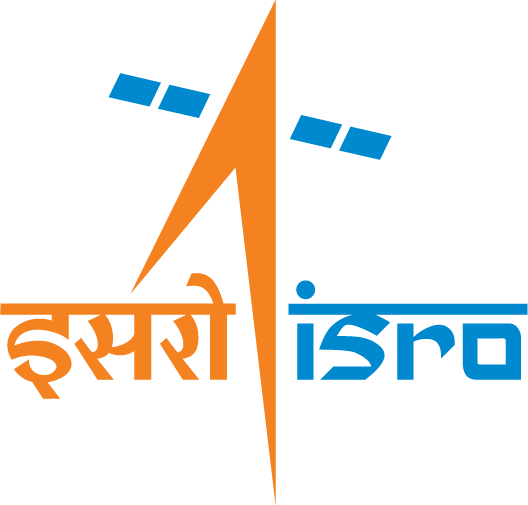The computer technology is primarily used for automation of various human activities. The automation process using computation methods is done by software programmes which enables transfer of human intelligence into the computer systems. Utilization of advanced computation technologies for training and education especially development of innovative learning contents is very important. The innovative learning contents in educational technologies are emerging at exponential rates. The biggest hindrance in this advancements is limited understanding of the educators on utilization of these technologies. Some of the popular advancements in the technologies are discussed below:
Augmented reality
Augmented Reality (AR) is an exciting topic that educators need to know. According to Wikipedia AR is “an interactive experience of a real-world environment whereby the objects that reside in the real-world are “augmented” by computer-generated perceptual information, sometimes across multiple sensory modalities.” The AR based learning contents are able to grab the attention of online learners. It ensures the engagement and interaction of the students in lessons, as they are seeing and experiencing what they are learning. The learner may use augmented reality to learn abstract and complex concepts which helps them to visually see complex 3D models rather than imagining it in mind. Anatomy 4D, Elements 4D, Aug are some of the most popular and useful augmented reality apps that students and teachers can use for effective learning and teaching.
Artificial intelligence
Artificial Intelligence (AI) is a broad area of computer science which enables machines to think without any human intervention. AI systems are having three major types i.e. 1) Artificial Narrow Intelligence (ANI) which is goal-oriented and programmed to perform a single task; 2) Artificial General Intelligence (AGI) which allows machines to learn, understand, and act in a way that is indistinguishable from humans in a given situation; and 3) Artificial Super Intelligence (ASI) which is a hypothetical AI where machines are capable of exhibiting intelligence that surpasses brightest humans.
Artificial intelligence is one of the most discussed topics in the educational industry. Artificial intelligence in education is a significant technology which helps education in a number of ways. Personalized learning is one of the most important area of education that has use artificial intelligence. In personalized learning, AI helps the learners to find the best course material for them based on their identity, interests and their behaviour of learning. Utilization of AI in education provides learner centric courses by overall monitoring and analysing the student’s performance, strength and weakness. It can also guide the student for best learning approach suited to him/her.
Data Privancy and Security
In online learning platform the security and privacy of the learning resources, personal data of students, and copyright contents of the resources person is very important. A secure e-learning portal helps to protect the student data from being hacked and ensures their security. It includes host security, network security, malware prevention etc. The understanding of appropriate cyber security measures is very important in conduction of online courses for the students.
Internet of things (IoT)
The emerging technology Internet of Things (IoT) can be considered as an extension of Wireless Sensor Network where many electronic devices are equipped with sensors and are communicating to each other for providing smart solution and services. IoT is a collection of devices that work in a collaboration with each other to transmit data and carry out operations without human intervention. Utilization of IoT in education is very interesting area. IoT may help to create a global network among educators and students which will enable global collaborative learning in any discipline. This helps learners to interact with their peers worldwide and sharing the knowledge and ideas.
learning Management systems
The software platform for online training and education is known as Learning Management System (LMS). LMS is a software that is designed specifically to create, distribute, and manage the sharing of educational content. The LMS can be hosted as a stand-alone product on the server of the host Institution, or it can be deployed at cloud-based platforms. By using an effective LMS, the educator can publish personalized courses to individual student. We can identify the weakness and strengths of the student, and create customized courses that will help students to concentrate more on their weakest part to improve it. The LMS platforms also provides various software tools to the educator and students for queries and discussions such as live chat, audio and video based interaction etc. The LMS may be deployed in private servers or in cloud computation infrastructure. Cloud computing is simply the group of computing resources located at various places in the world. The system can be shared and accessed from anywhere in the world.The advanced LMS also enables the Mobile Learning environment. Mobile learning or M-Learning is the method of learning through your personal mobile devices such as smartphones, tablets or even a laptop. The study materials are either downloaded into the device or accessed online. Mobile learning allows flexibility, allowing students access to education anywhere, anytime.
Virtual and remote laboratories
Virtual laboratories are web applications that emulate the operations of real laboratories. Virtual laboratories can be accessed anywhere without the need for a physical system, and it enables students to practice in a “safe” environment before using real, physical components. The virtual laboratories may provide a dynamic virtual desktop interface (VDI) using virtual private network (VPN) connectivity or any appropriate cyber security framework to its online learners. In general the VDI have pre-installed Operating System (OS), specialized software and data with demonstrations videos for its learners. The student can access the virtual lab using any low end computer system/tables/mobiles through any normal internet connectivity.
3-D printing
3-D printing is another helpful technology which help the students for better understanding of the instrument, device or geographic terrain. It helps students to print the 3-D prototypes. Learners can also take 3-D printouts of difficult to visualize structures to help understand easily. Such as 3-D structures of molecules for chemistry students, 3-D structures of cells, viruses, organs for biology students, topography, demographic, or population maps for geography students, etc. In Geospatial technology, the 3D printing may help to understand the complex terrain and behaviour of various geographic phenomena in a landscape.



